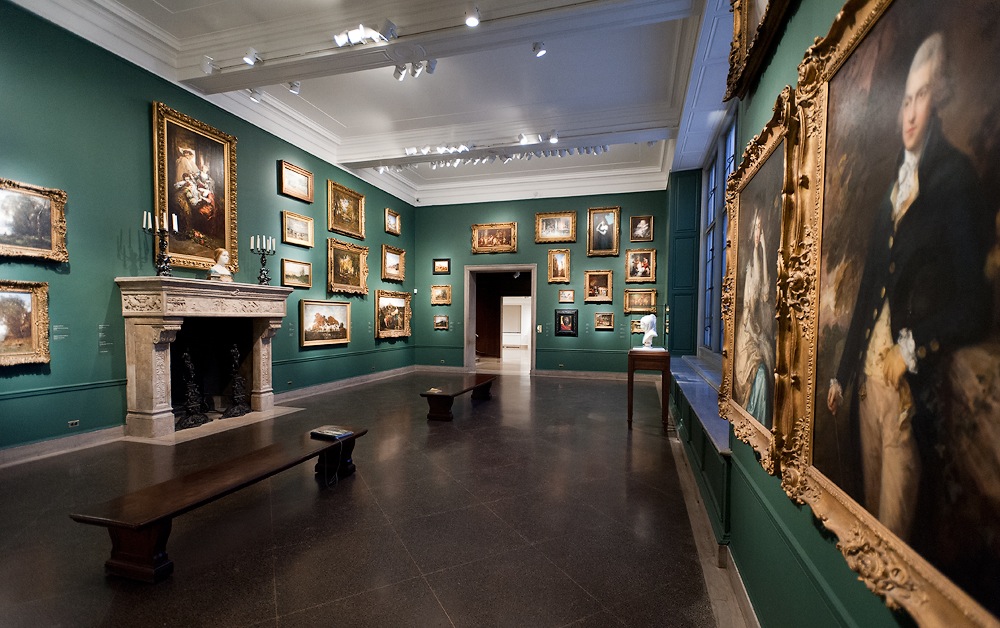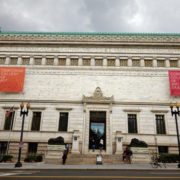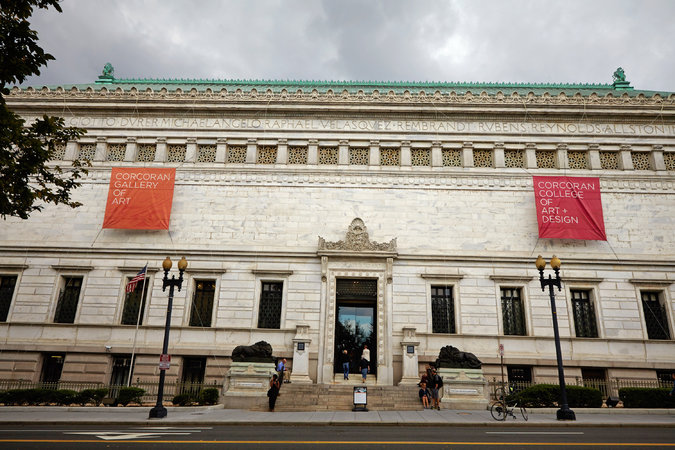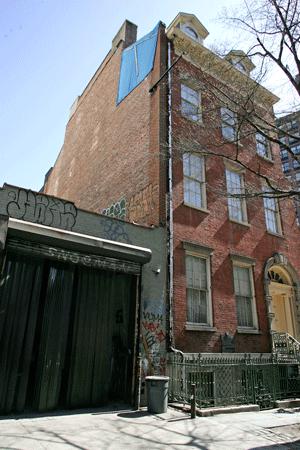Another One Bites the Dust: Corcoran to Dissolve and Collection to be Dismembered
Ruth Osborne

Corcoran Gallery of Art in Washington, D.C.. Courtesy: Lee Sandstead.jpg
How can one of the Capital’s oldest art museums die out after nearly 150 years of existence? How can it be “as near as possible” to the original donor’s intentions that his collection be dismantled by an array of larger local institutions?
One would hope this would not be possible, that those who care for and support the arts in America would not allow this to happen. But it seems almost inevitable, considering what’s been happening both here and in the U.K. over the past few years after the recent economic crisis, that the arts are the first to get shafted.
Now that D.C. Superior Court Judge Okun has pronounced Corcoran’s merger, and subsequent dissolution, as acceptable within the bounds of cy près doctrine, the National Gallery of Art in D.C. will have its pick of the 16,000 works in the collection, while GWU will take over the College of Art + Design and its historic building on 17th Street. While it is unclear just how this “collaboration” will “make the Corcoran collection more accessible to more people in the nation’s capital,” this is nonetheless the NGA Director Earl Powell III’s energetic statement on the merger. Lee Rosenbaum has reported thoroughly on the matter, and in so doing drawn an interesting comparison between this and another important ruling from 2004 on the severing of the Barnes Collection from its original home in Merion, PA:
“Interestingly, the Judge Okun cited both the Barnes decision and the Fisk decision as precedents for his determinations, so we now have a growing body of case law that weighs against honoring donor intent in cases where the current leadership, however inadequate, throws up its hands and cries, ‘Impracticable!’ In his conclusion, the judge suggested that he had faced an either/or choice of granting cy prèsor allowing the Corcoran “to face its likely demise.” But with more time and enhanced leadership, there might have been a third way.”
The Corcoran Trustees cleverly presented this merger as the only option beyond deaccessioning works to help the budget deficit, an action that would warrant harsh censure from the AAM & AAMD. As Nicholas ODonnell points out on his Art Law Report blog, this ruling of deaccession as a “non-starter” is sure to make an impact for any future court disputes involving museum collections. As other recent museums in peril have considered deaccessioning all too willingly, including the Art Institute of Chicago as of this week, public opinion of late has been opened to the dangers of this brand of mismanagement. In the end, this effectively steered the ruling away from seriously considering any financial mismanagement on the part of the Trustees. One surely does not encounter a multi-million dollar deficit just overnight.




